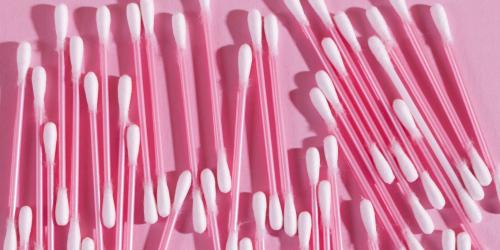With a big washing machine, I would do less laundry
False . Because we rarely fill the drum. The average actual load of a machine is 3.5 kg of laundry per household (source: Sofres 2010).
I optimize with a machine that meets my needs : 6 kg for a family of four is more than enough!
And I'm aiming for full loads because a 100% filled drum saves 45% energy compared to two half-loaded machines (source: Gifam).
Class A devices, it's really the top
True. These machines consume 30 to 60% less energy than a device classified A (source: Ademe).
I optimize by washing at 20 ° C (so-called cold washing) rather than at 40 ° C - provided you use an effective lye at low temperature - and I divide the consumption of electricity from the washing machine (source: Gifam).
Short cycles, it is necessarily more economical
False. To wash the laundry properly in less time, the machines are forced to call more electricity to accelerate the rise in temperature of the water and increase the amount of water to rinse quickly.
I optimize by reserving short cycles for small quantities of lightly soiled laundry (no more than 3 kg to be sure it is clean) and using delayed start to take advantage of "off-peak" electricity pricing.
On the laundry side, my laundry is better washed if I put the dose
False. The recommendations of the leachates concern full loads. Overdosing consumes more since the machine continues rinsing as long as it detects the presence of foam.
I optimize by dividing by two my dose of liquid laundry that rinses better than a powder, more suitable for washing at 60 ° C and 90 ° C.
Thanks to Patrick The Dévehat of Gifam and Olivier Trémoureux of Fagor-Brandt.




